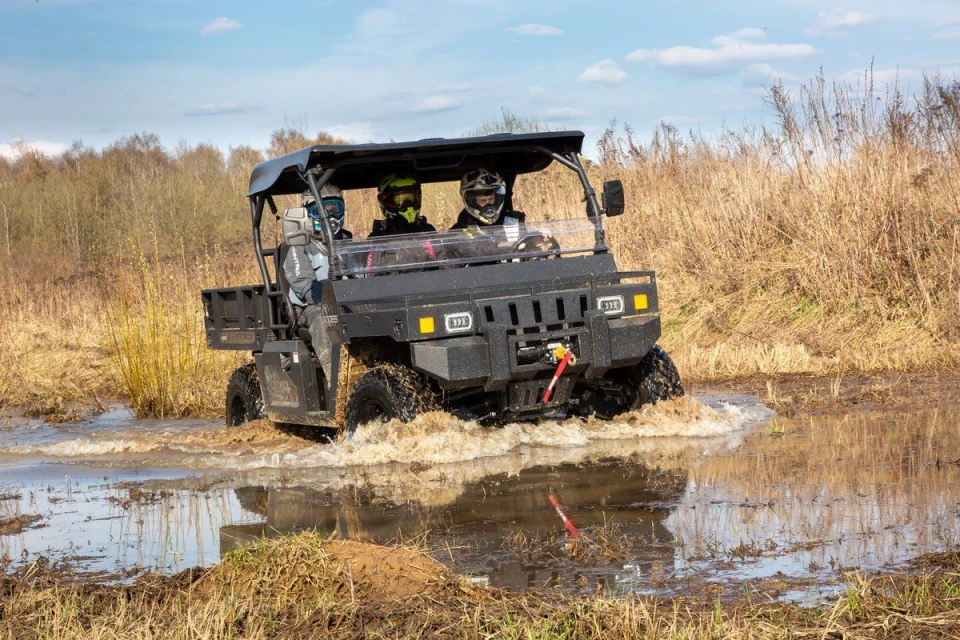
Why Russia adopts Desertcross 1000-3 buggies from China?
Russia's recent acquisition of Desertcross 1000-3 buggies from China has gone somewhat unnoticed in our news cycle, but its implications deserve attention
Ukrainian journalist Oleksandr Kovalenko writes about it on his Telegram channel.
Kovalenko notes that this move isn't merely about showcasing Chinese support in Russia's military efforts. Buggies like the Desertcross 1000-3, although not traditional military equipment, signal a strategic shift in Russia's approach to warfare.
He highlights the fact that "AODES" is a joint American-Chinese venture, which adds another layer of complexity, potentially raising concerns in Washington and Beijing.
Over 530 Desertcross 1000-3 buggies have already been delivered, with plans for an additional 1,600 units. Priced between $16,000 and $26,000 each.
The post states that this move suggests Russia's intention to elevate certain aspects of warfare and enhance mobility, especially struggling to control the left bank of the Dnipro River.
"Desertcross 1000-3 is a buggy with high cross-country ability, allowing in off-road conditions not only to solve logistical issues and evacuate the wounded but also to carry out raids, and conduct sabotage and reconnaissance activities.
That is, the Russian Command is seriously preparing to transfer a number of areas of the war to such a plane. In addition, buggies allow highly mobile use of patrol groups to counter the enemy. For example, due to the lack of mobility, the invading Russian forces is literally losing control over the left bank of the Dnipro River," Kovalenko writes.
While drones often dominate discussions in our information space, the significant deployment of buggies, such as the domestic "Khyzhak” (“Predator”), remains overlooked despite their potential impact on military operations.
“These are the tendencies now and they should not be dismissed,” Kovalenko concludes.
- News












































